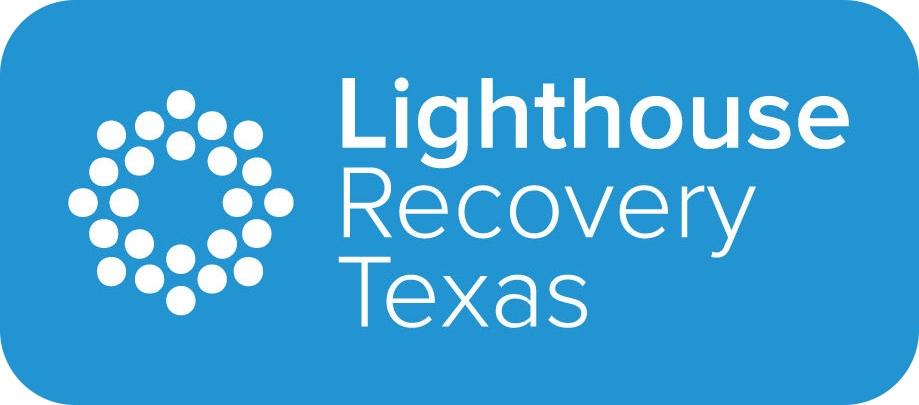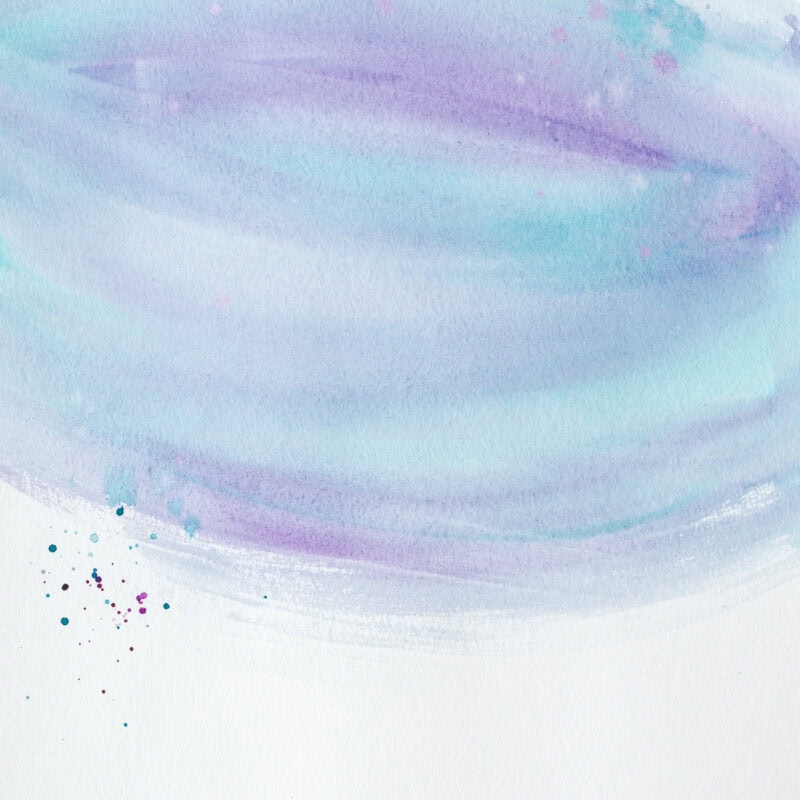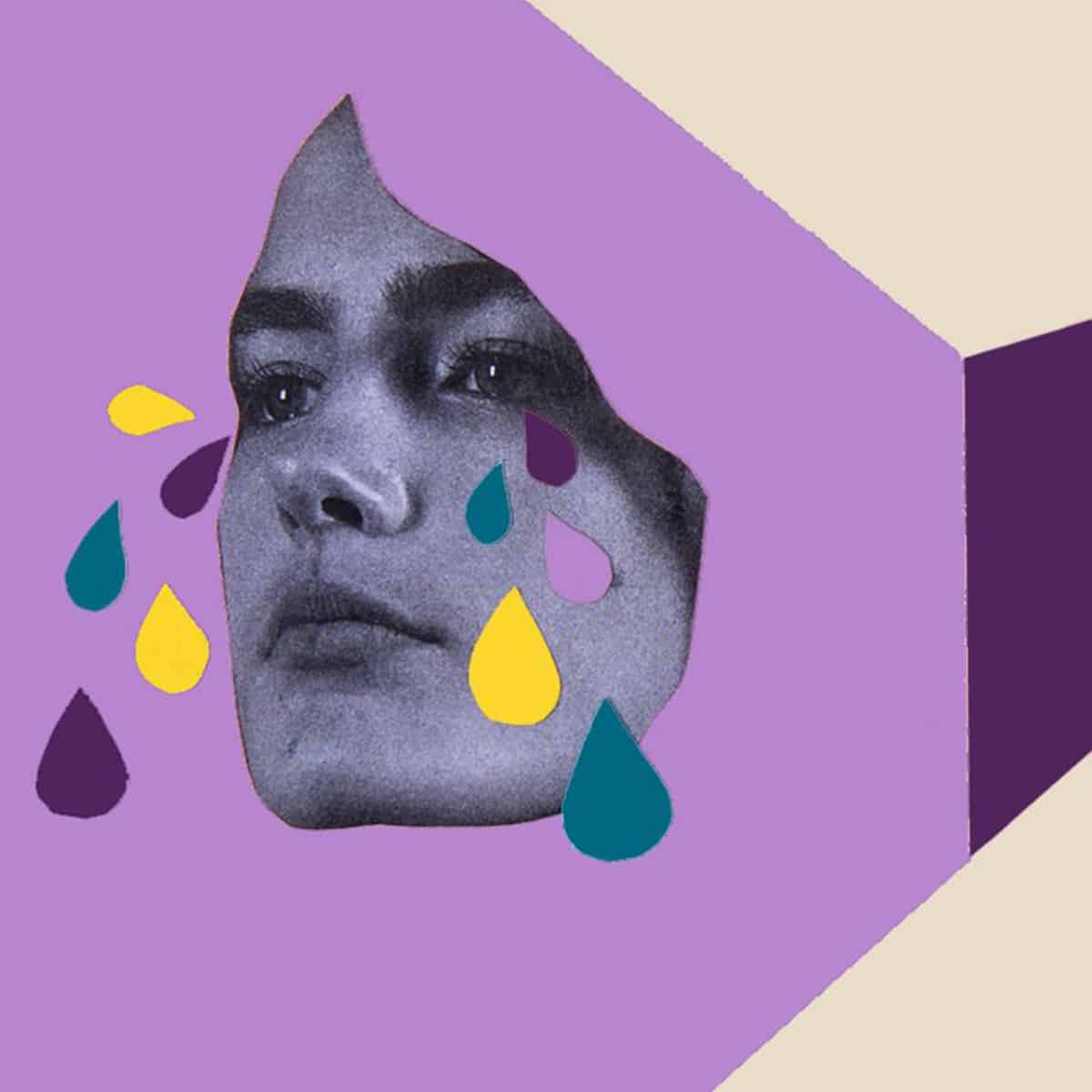Depression, also known as clinical depression or depressive disorder, is a severe mood disorder that impacts an estimated 264 million individuals across the globe. Recognized as the primary cause of disability worldwide, this condition manifests as a profound and persistent sense of sadness, emptiness, or loneliness, significantly impairing an individual’s ability to function in occupational and social settings. Unlike typical bouts of sadness that everyone experiences occasionally, depression deeply affects a person’s daily life. It can drastically diminish motivation, making routine activities like bathing, eating, sleeping, working, or engaging in conversation feel insurmountable. Additionally, depression is often accompanied by a pervasive sense of meaninglessness, leading sufferers to question their life’s purpose and value.
In Dallas, addressing this critical health issue is a priority, and various depression treatment options are available to assist those in need. Treatments range from individual therapy, traditional psychotherapy, cognitive behavioral therapy, TMS therapy, treating specific depression symptoms, online therapy, intensive outpatient treatment, and medication management to innovative approaches like neuromodulation or integrative therapies, catering to the diverse needs of the community. Understanding that each individual’s experience with depression is unique, Dallas offers a spectrum of resources and support systems designed to provide personalized and effective care. Whether it’s through private practices, community health centers, or advanced medical facilities, the goal is to ensure accessible, compassionate, and comprehensive treatment for everyone affected by this debilitating disorder. This strategic approach not only enhances recovery prospects but also contributes to the overall mental health resilience of the Dallas community.
Two common types of depression are major depressive disorder and persistent depressive disorder. The main difference is that major depressive disorder or MDD is typically an episode of depressive symptoms that lasts for two weeks. Persistent depressive disorder, or PDD, on the other hand, is characterized by symptoms of depression lasting for two years, albeit at a much milder severity.
Other kinds of depression include:
- Perinatal depression or post-partum depression: associated with fluctuating hormones during and after pregnancy
- Seasonal affective disorder: which is a mood disorder that comes and goes with changing seasons
- Psychotic depression: which manifests the same impairing sadness accompanied by hallucinations or delusions
- Disruptive mood dysregulation disorder: which is depression diagnosed in children and teens
- Premenstrual dysphoric disorder: wherein a woman might feel mood changes before or during her monthly cycle
- Bipolar disorder: which used to be called manic-depression. This condition is characterized by episodes of mania which are then preceded by depression.
While all of these types of depression involve sadness, that’s only one facet of the complex condition. Some of the other symptoms of depression include:
- Sad, empty feelings or mood
- Anxiety
- Feelings of worthlessness
- Inability to feel pleasure
- Loss of interest or motivation
- Pronounced fatigue for no apparent reason
- Sleeplessness or oversleeping
- Lack of appetite or overeating
- Suicidal thoughts or attempts
- Restlessness or irritability
- Body pain and discomfort
- Inability to concentrate
These symptoms may provide a pattern for determining depression, but it happens differently in every person. This can also be affected by the individual’s age and sex. In women, depression can be more common because of the hormonal changes related to their biology. Sadness and worthlessness are more commonly reported in women, and women are often better at identifying that they have a mental health problem. On the other hand, men experience depression through their pleasant experiences. While women feel sadness more prominently, men are more likely to deal with the inability to feel pleasure with things they used to enjoy. They’re also more likely to feel irritable and sleepless, and they may engage in more risky behavior. Men with depression often won’t realize that they have it.
Teenagers and adolescents may manifest depression as irritability and isolation. They’re more likely to experiment with illicit drugs and other substances and tend to manifest anxiety more commonly than other individuals. Elderly individuals will also have difficulty identifying their depression. Thinking that the negative mood is simply a result of their age, individuals in this category are less likely to seek help. Any other medical conditions like heart disease or diabetes may also contribute to the exacerbation of depressive feelings.
Depression is often seen as a chemical imbalance in the brain, but that hardly captures the complexity of how this condition works. Some scientists believe that depression has a lot to do with cortisol – a chemical in the brain that’s responsible for the stress response. When an individual experiences something stressful, like the death of a loved one, cortisol levels will rise. As the individual copes with the tragedy, cortisol levels will soon return to normal. But with depression, that’s not the case. A healthy individual’s cortisol levels fluctuate throughout the day, highest in the morning. However, someone with depression might exhibit high cortisol levels throughout the day.
How exactly this cortisol imbalance happens isn’t fully understood. But what experts do know is that depression could result from lifelong struggle or a one-time triggering event that captures a person’s weakness. Another way that depression affects the brain is how it interacts with dopamine. This neurotransmitter is associated with the brain’s reward pathway and helps people feel pleasure. With depression, dopamine levels are significantly lower, which is said to be the result of heightened cortisol levels.




